Home>Interior Design>Ottoman Ideas: 13 Inspiring Design And Styling Tips
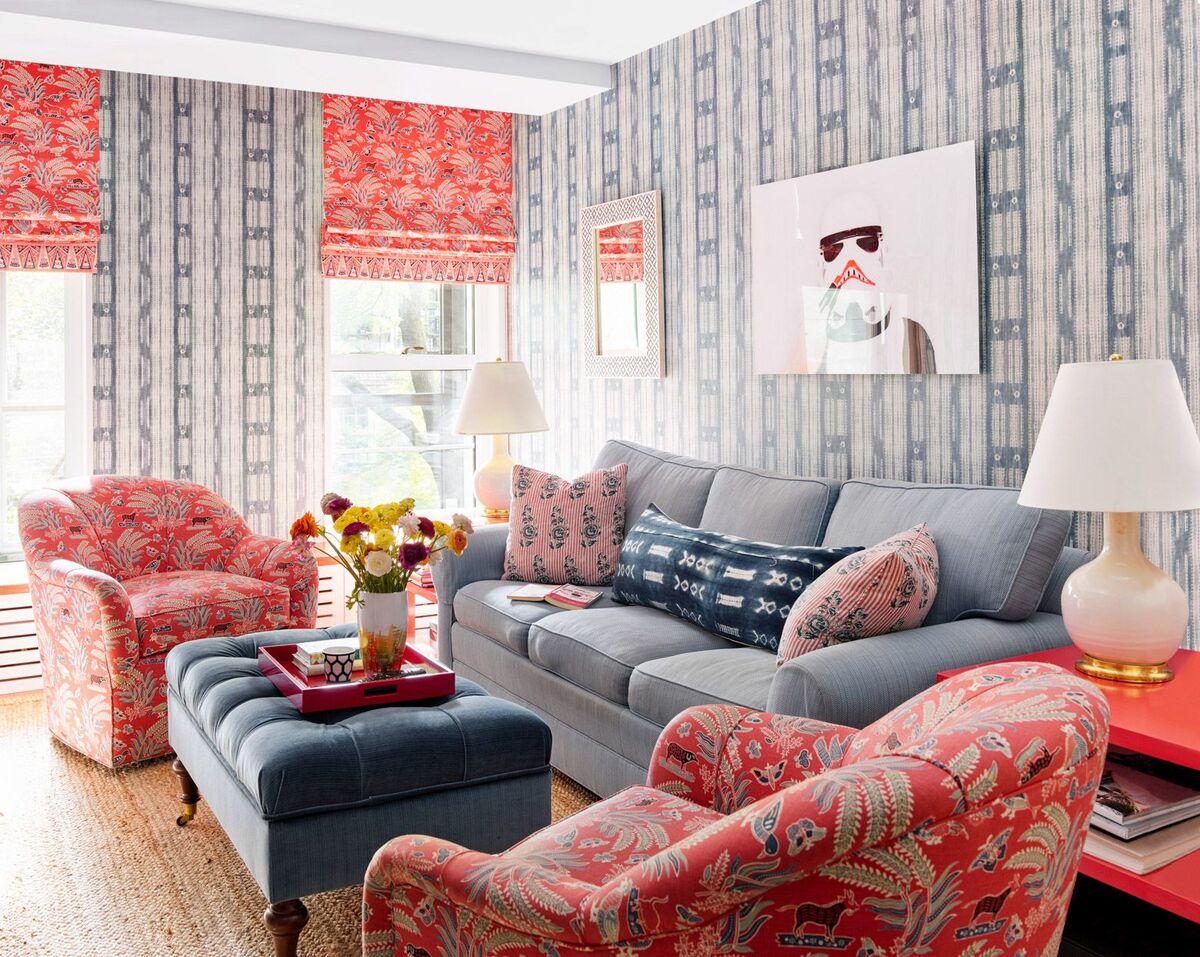

Interior Design
Ottoman Ideas: 13 Inspiring Design And Styling Tips
Modified: January 19, 2024
Discover 13 inspiring interior design and styling tips for incorporating Ottoman ideas into your home. Transform your space with elegant and captivating Ottoman-inspired designs.
(Many of the links in this article redirect to a specific reviewed product. Your purchase of these products through affiliate links helps to generate commission for Storables.com, at no extra cost. Learn more)
Introduction
Welcome to the world of Ottoman design! With its rich history, opulent style, and intricate details, Ottoman-inspired design has captivated interior design enthusiasts for centuries. Originating from the Ottoman Empire, which spanned from the 14th to the early 20th century, this style is known for its luxurious and dramatic aesthetic.
Characterized by its intricate patterns, vibrant colors, and a fusion of Eastern and Western influences, Ottoman design has stood the test of time. Today, many homeowners and designers continue to draw inspiration from this majestic style to create stunning and captivating interiors.
In this article, we will explore 13 inspiring design and styling tips to help you incorporate the essence of Ottoman design into your own space. From color palette selection to incorporating traditional Ottoman patterns, from luxurious fabrics to ornate furniture pieces, we will delve into the key elements that will bring the charm and elegance of Ottoman design.
Whether you’re looking to completely transform your living room, add a touch of Ottoman flair to your dining space, or create an inviting outdoor area, these tips will guide you on your design journey. Get ready to be inspired by the grandeur of the Ottoman Empire and infuse your home with its timeless beauty.
Key Takeaways:
- Embrace the opulence of Ottoman design by incorporating rich colors, traditional patterns, and luxurious fabrics. Create a harmonious balance between vibrant hues and neutral tones for a captivating interior.
- Infuse your space with the elegance of Ottoman design by integrating intricate carvings, mosaic tiles, and ornate mirrors. Create a visually stunning environment that pays homage to the grandeur of the Ottoman Empire.
Read more: Where To Put Ottoman In Living Room
Color Palette Selection
The color palette is a crucial aspect of Ottoman-inspired design. To recreate the rich and opulent atmosphere of this style, opt for deep and vibrant hues that evoke a sense of luxury and history. Colors such as jewel tones, including emerald green, sapphire blue, and ruby red, are commonly used in Ottoman design.
Another popular color choice is gold, which adds a touch of glamour and elegance to the space. Incorporate gold accents through furniture, lighting fixtures, or accessories to create a regal and majestic ambiance.
In contrast to the bold and vibrant colors, incorporating neutral tones such as beige, cream, or ivory can help balance the overall look and provide a sense of calmness. These neutral shades can be used for larger furniture pieces, walls, or flooring to create a cohesive and harmonious backdrop for the vibrant accents.
When selecting a color palette for your Ottoman-inspired space, keep in mind the desired mood and atmosphere. If you want a more relaxed and soothing ambiance, opt for a softer color palette with pastel shades inspired by Ottoman textiles such as lavender, rose, or soft turquoise.
Remember, the key is to create a harmonious balance between the rich and vibrant colors and the neutral tones to capture the essence of Ottoman design. Experiment with different color combinations and find the one that resonates with your personal style and vision.
Incorporating Traditional Ottoman Patterns
One of the defining features of Ottoman design is the intricate patterns that adorn various elements of the space. These patterns are a visual representation of the rich cultural heritage of the Ottoman Empire.
To incorporate traditional Ottoman patterns into your design, consider using textiles such as rugs, curtains, and upholstery with intricate geometric or floral motifs. These patterns can be bold and vibrant or more subtle and delicate, depending on your personal preference.
Ottoman-inspired tiles are another fantastic way to introduce traditional patterns into your space. Beautifully patterned ceramic or mosaic tiles can be used as a statement wall or as decorative accents in bathrooms, kitchens, or entryways. The interplay of colors and patterns in these tiles adds depth and visual interest to the overall design.
In addition to textiles and tiles, you can also find Ottoman-inspired patterns in wallpaper, artwork, and even furniture upholstery. Look for intricate designs such as arabesque patterns, which are characterized by elaborate and intertwined geometric forms. These patterns exude a sense of sophistication and bring a touch of the exotic to the space.
Remember to use these patterns strategically and sparingly to avoid overwhelming the space. Introducing them in a measured and balanced way can create a stunning focal point and add a touch of drama to the overall design.
Luxurious Fabrics and Textiles
No Ottoman-inspired space is complete without the use of luxurious fabrics and textiles. From sumptuous velvet to rich silk, the choice of textiles plays a crucial role in capturing the opulence and elegance of Ottoman design.
When selecting fabrics, focus on textures and materials that evoke a sense of lavishness and sophistication. Velvet is a popular choice for its plush and decadent feel. Consider incorporating velvet upholstery on sofas, armchairs, or ottomans to create a luxurious seating area.
Silk is another fabric often associated with Ottoman design. Its smooth and lustrous surface adds a touch of glamour to any space. Use silk draperies or curtains to frame windows and create an elegant and regal atmosphere.
Incorporating decorative throw pillows or cushions can also add a soft and inviting touch to the space. Opt for fabrics with ornate patterns, embroidery, or gold-thread accents to enhance the overall aesthetic.
To bring in a touch of tradition, consider using traditional Ottoman textiles such as Ikat, Suzani, or Kilim rugs. These intricately woven and beautifully patterned textiles can be used as area rugs or as wall hangings to add a cultural richness to the design.
Remember, it’s essential to experiment with different textures and patterns when using luxurious fabrics and textiles. Mix and match complementary textures to create a visually interesting and layered look. The combination of soft velvets, smooth silks, and intricate embroidered fabrics will add depth and dimension to your Ottoman-inspired space.
Ottoman-inspired Furniture Pieces
When it comes to Ottoman-inspired design, the choice of furniture plays a significant role in capturing the essence of the style. Look for furniture pieces that embody the elegance, intricacy, and opulence of Ottoman design.
One iconic furniture piece in Ottoman design is the ottoman itself. These upholstered seats, often adorned with intricate patterns and plush fabrics, serve as both seating and a decorative element. Place them in the living room or bedroom to create a stylish and inviting seating area.
Other furniture pieces that can contribute to the Ottoman aesthetic include intricately carved wooden armoires, cabinets, and sideboards. Look for pieces with filigree detailing or with hand-painted motifs to bring in that traditional Ottoman charm.
Low-slung furniture such as divans or daybeds is also a characteristic of Ottoman design. These pieces provide a relaxed and comfortable seating option while adding a touch of authenticity to the space.
Incorporating a traditional Turkish coffee table is another way to infuse Ottoman style into your interior. Look for a round or octagonal table with hand-carved details or brass accents. These coffee tables often have a lower height, allowing for a more intimate and cozy seating arrangement.
Don’t forget about the seating! In an Ottoman-inspired space, opt for sofas and chairs with curved silhouettes and plush upholstery. Look for pieces with ornate wooden frames or intricate carved details to create a visually striking focal point.
Remember, the key is to find furniture pieces that reflect the ornate and opulent aesthetic of Ottoman design. By selecting pieces with intricate detailing, rich upholstery, and unique silhouettes, you can create a cohesive and visually captivating interior.
Intricate Carvings and Filigree
In Ottoman-inspired design, intricate carvings and filigree work are key elements that add a sense of richness and detail to the overall aesthetic. These ornate details can be found on furniture, architectural elements, and decorative pieces throughout the space.
When selecting furniture, look for pieces with intricate wood carvings. This can be seen in the legs, arms, or backrests of chairs, tables, and cabinets. These carvings often feature floral motifs, geometric patterns, or calligraphic scripts. Some furniture pieces may also incorporate mother-of-pearl inlays or brass accents, adding an extra layer of elegance.
In addition to furniture, architectural elements such as moldings, door frames, and window casings can be embellished with intricate carvings and filigree work. These details add a touch of grandeur and create a cohesive design throughout the space.
For a more subtle touch of filigree, consider incorporating decorative metalwork in the form of lanterns, sconces, or wall art. The delicate patterns and intricate designs of these pieces not only add visual interest but also contribute to the cultural heritage of Ottoman design.
If you’re feeling adventurous, you can take it a step further and consider adding a decorative screen or room divider with intricate filigree details. These pieces not only serve a functional purpose but also become a stunning focal point in the room.
By incorporating intricate carvings and filigree into your Ottoman-inspired design, you can create a space that is visually captivating and rich in detail. These details showcase the craftsmanship and artistry of the Ottoman Empire, bringing a touch of history and cultural heritage into your interior.
Mosaic Tiles and Decorative Ceilings
Mosaic tiles and decorative ceilings are two elements that are synonymous with Ottoman design. These elements add a sense of grandeur and intricacy to the space, elevating the overall aesthetic to new heights.
Mosaic tiles can be used in various areas of the home, most commonly in bathrooms and kitchens. Look for tiles with vibrant colors and intricate patterns inspired by Ottoman motifs. These tiles can be arranged in geometric designs or used to create elaborate floral patterns.
In bathrooms, consider using mosaic tiles to create a focal point on the shower wall or around the bathtub. The shimmering effect of the mosaic tiles adds a luxurious touch and creates a spa-like ambiance.
Decorative ceilings are another hallmark of Ottoman design. Look for intricate plasterwork or painted designs on the ceiling to bring an extra layer of elegance and detail to the space. These decorative ceilings can feature geometric patterns, floral motifs, or even intricate calligraphy.
If your home doesn’t have a decorative ceiling, you can utilize stencils or wallpaper to create the illusion of one. Opt for patterns inspired by Ottoman design and use metallic paints or gold leaf accents to add a touch of opulence and grandeur.
By incorporating mosaic tiles and decorative ceilings into your Ottoman-inspired space, you can create a visually stunning and immersive environment. These elements serve as a testament to the exquisite craftsmanship and attention to detail that defined the Ottoman Empire.
When styling with Ottoman ideas, consider using a mix of textures and patterns to add visual interest and depth to the space. This can include incorporating different fabrics, such as velvet, leather, or woven materials, as well as mixing in patterns like geometric prints or traditional motifs.
Ornate Mirrors and Wall Art
To add a touch of elegance and sophistication to your Ottoman-inspired space, consider incorporating ornate mirrors and wall art. These decorative elements serve as statement pieces and contribute to the overall opulent aesthetic.
Choose mirrors with intricately carved frames or antique finishes. Look for details such as filigree patterns, floral motifs, or arabesque designs. These ornate mirrors not only provide functionality but also become focal points, reflecting light and adding a sense of depth to the room.
Hang mirrors strategically to enhance the overall design. Placing them opposite windows or near light sources allows them to reflect natural light, making the space appear brighter and more spacious. Additionally, the ornate frames of the mirrors contribute to the visual allure of the room.
When it comes to wall art, select pieces that showcase traditional Ottoman motifs or scenes inspired by the culture and history of the empire. Look for paintings, tapestries, or prints that feature calligraphy, miniature motifs, or traditional Ottoman architecture.
Consider incorporating a gallery wall to display a collection of smaller art pieces inspired by Ottoman design. Arrange them in a cohesive manner, allowing them to tell a story and create visual interest. Mix and match different sizes and shapes to add depth and dimension to the arrangement.
If you’re feeling adventurous, consider adding a decorative panel or a large-scale mural with ornate details or intricate patterns. These statement pieces become the focal point of the room, transporting you to the grandeur and elegance of the Ottoman Empire.
By incorporating ornate mirrors and wall art into your Ottoman-inspired space, you can elevate the overall aesthetic and create a visually captivating environment. These decorative elements act as reflections of the rich history and culture that inspired Ottoman design.
Turkish Tea Sets and Ceramics
No Ottoman-inspired space is complete without the presence of Turkish tea sets and ceramics. These traditional elements not only add a touch of authenticity but also serve as functional and decorative pieces.
Start by incorporating a traditional Turkish tea set, which typically includes teapots, small cups, and saucers. Look for sets with intricate designs, arabesque patterns, or hand-painted motifs. These tea sets are not only used for serving tea but are also a symbol of hospitality and a means of gathering with friends and family.
Display your Turkish tea set on a decorative tray or an ornate tea table to create a designated space for tea enjoyment. Consider adding small elements like sugar bowls, serving trays, and tea time accessories to enhance the overall presentation.
In addition to tea sets, Turkish ceramics are another essential element to incorporate into your Ottoman-inspired design. Look for hand-painted ceramic plates, bowls, and vases with traditional Ottoman motifs, such as tulips or geometric patterns.
Display these ceramics on shelves, mantels, or sideboards to add a pop of vibrant color and showcase the intricate craftsmanship. The combination of vibrant ceramics against a neutral backdrop creates a stunning contrast and captures the essence of Ottoman design.
If you’re feeling creative, you can even incorporate Turkish tile patterns into the design. Consider using ceramic tiles to create a backsplash in the kitchen or a focal point in the bathroom. These beautiful tiles instantly transform the space and bring the authenticity of Ottoman design to life.
By incorporating Turkish tea sets and ceramics into your Ottoman-inspired space, you not only infuse it with cultural richness but also create a warm and welcoming atmosphere. These elements serve as reminders of the traditions and hospitality that are synonymous with Ottoman culture.
Plush Floor Cushions and Ottomans
Creating a comfortable and inviting seating area is a vital aspect of Ottoman-inspired design. Plush floor cushions and ottomans are the perfect addition to achieve the cozy and relaxed ambiance characteristic of this style.
Opt for large floor cushions with soft, luxurious fabrics such as velvet or silk. These comfortable cushions can be arranged in a sitting area, allowing for a casual and intimate gathering space. Look for cushions with intricate patterns or rich colors that complement the overall design scheme.
Ottomans, as their name suggests, are a staple in Ottoman design. These low-slung seating pieces often have cushioned tops and ornate wooden or metal legs. They provide a perfect opportunity to incorporate intricate carvings, filigree details, or decorative footstools.
Consider placing ottomans in the center of a living room arrangement, allowing them to become a focal point, or use them as a footrest. They can also serve as additional seating when needed, making them versatile and practical in any Ottoman-inspired space.
To enhance the comfort and visual appeal, layer different sizes and shapes of cushions and ottomans. Mix and match fabrics and patterns to create an inviting and eclectic seating area that exudes warmth and relaxation.
These plush floor cushions and ottomans not only provide comfortable seating options but also add a touch of authenticity to your Ottoman-inspired space. They encourage a laid-back atmosphere, perfect for embracing the leisurely lifestyle associated with Ottoman design.
Rich Textures and Layering
To create a truly immersive Ottoman-inspired space, focus on incorporating rich textures and layering throughout your design. This approach adds depth, visual interest, and a sense of luxury to the overall aesthetic.
Start by layering different textiles and fabrics. Mix and match materials such as velvet, silk, and brocade to create a tactile experience. Drape luxurious throws or tapestries over sofas or chairs, and layer soft pillows and cushions in various sizes and textures to create a cozy and inviting atmosphere.
Consider adding texture through the use of rugs and carpets. Look for rugs with intricate patterns and designs, inspired by the traditional motifs of Ottoman textiles. Layering multiple rugs can create a visually captivating effect, adding warmth and dimension to the space.
Embrace the beauty of nature by incorporating natural textures such as wood, rattan, or woven materials. Adding furniture or decor pieces with these textures lends an organic and earthy feel to your space. Think wooden coffee tables with ornate carvings, rattan chairs or light fixtures, and woven baskets for storage.
Don’t forget about incorporating textured elements on the walls. Consider using textured wallpapers, such as those with a damask or embossed pattern, to add depth and visual interest. Alternatively, you can opt for faux finishes, such as Venetian plaster or textured paint, to create a unique and textured backdrop.
Lighting fixtures can also play a role in adding texture to your Ottoman-inspired space. Look for fixtures with intricate metalwork, filigree patterns, or textured glass shades. These fixtures not only provide ambient lighting but also serve as decorative elements that enhance the overall texture and atmosphere.
The key to successfully incorporating rich textures and layering is to strike a balance between creating visual interest and maintaining a cohesive design. Experiment with different textures and materials, and be mindful of how they interact with one another in your space.
By embracing rich textures and layering, you can transform your Ottoman-inspired space into a visually captivating and inviting environment that delights the senses.
Traditional Lighting Fixtures
Lighting is a crucial aspect of any interior design, and in Ottoman-inspired spaces, traditional lighting fixtures play a significant role in creating an authentic and atmospheric ambiance. These fixtures add a touch of grandeur and elegance to the overall design.
Look for lighting fixtures with intricate metalwork, filigree patterns, or glass embellishments. Pendant lights, chandeliers, and wall sconces are excellent choices to introduce traditional Ottoman aesthetics into your space.
To truly capture the essence of Ottoman design, consider opting for fixtures inspired by traditional Turkish and Middle Eastern craftsmanship. Look for fixtures in brass, copper, or bronze finishes, which exude a warm and inviting glow when illuminated.
The key is to choose fixtures that reflect the opulent and intricate details of Ottoman design. Consider fixtures with multiple tiers and intricate designs that cast beautiful shadows on the walls and ceiling, creating a whimsical and enchanting atmosphere.
When placing these fixtures, consider their scale and arrangement. A large chandelier can be a stunning centerpiece in a dining room or entryway, while wall sconces can add a touch of elegance along the hallway or around a mirror.
Additionally, utilizing dimmers can provide flexibility in creating different moods and ambiance for various occasions. Softening the lighting can create a romantic and intimate atmosphere, perfect for entertaining and relaxation.
By incorporating traditional lighting fixtures, you can bring a sense of history and regality to your Ottoman-inspired space. These fixtures not only provide necessary illumination but also serve as stunning focal points and enhance the overall aesthetic.
Incorporating Ottoman Calligraphy
Ottoman calligraphy is a distinctive art form that holds great significance in Ottoman culture and design. Incorporating calligraphy into your Ottoman-inspired space adds a touch of authenticity and serves as a tribute to the revered tradition of Arabic script.
Ottoman calligraphy is known for its elegant and flowing lines, which are often found in Quranic verses, poetry, or sayings of great importance. Consider incorporating calligraphic artwork or framed pieces featuring meaningful phrases or verses that hold personal significance.
One way to showcase Ottoman calligraphy is through wall art. Look for prints or paintings that feature script written in traditional Ottoman calligraphy style. These pieces can be displayed as standalone artwork or incorporated into a gallery wall arrangement.
If you’re feeling ambitious, you can even commission a custom calligraphic artwork by a skilled calligrapher. This personalized piece will hold a unique meaning and connection to your space.
In addition to wall art, consider incorporating calligraphy in other elements of your design. This can include engraved or etched calligraphy on mirrors, woodwork, or metal accents. These intricate details become conversation starters and add an extra layer of authenticity to your space.
Remember to select calligraphy pieces that resonate with you and align with the overall aesthetic and theme of your Ottoman-inspired design. Whether it’s a profound quote, an inspirational verse, or a meaningful word, calligraphy is a beautiful and meaningful element to incorporate into your space.
By incorporating Ottoman calligraphy into your design, you not only pay homage to the cultural heritage but also infuse your space with an elegant and spiritual energy.
Read more: Garage Ideas & Inspiration
Creating Inviting Outdoor Spaces
Creating an inviting outdoor space is essential for bringing the essence of Ottoman design to your exterior areas. Transforming your patio, garden, or balcony into a serene and elegant retreat allows you to fully embrace the Ottoman-inspired aesthetic.
Start by incorporating comfortable seating options. Opt for outdoor furniture with plush cushions and ornate metalwork that mirrors the intricate details found indoors. You can choose wrought iron or metal furniture pieces with curved designs and decorative motifs to create an intimate and luxurious seating area.
Consider adding a focal point such as a mosaic-topped dining table or a traditional Turkish tea table to create a gathering space for al fresco dining or enjoying tea. An outdoor rug featuring intricate patterns can pull the space together and create an inviting and cozy ambiance.
Don’t forget to incorporate greenery and landscaping elements. Lush plants, blooming flowers, and fragrant herbs not only add beauty but also bring a sense of serenity and natural tranquility to the outdoor space. Incorporate potted plants or create a dedicated area for a small garden with Ottoman-inspired landscaping elements.
Lighting is crucial in setting the mood in your outdoor space. Traditional lanterns, string lights, or outdoor sconces can bring a warm and charming glow to your evenings. Create a romantic atmosphere by strategically placing candles or lanterns to enhance the ambiance.
Accessorize your outdoor space with elements that reflect the Ottoman design aesthetic. Hang decorative metalwork or carved panels on walls or fences to add visual interest. Incorporate water features such as fountains or small ponds to imbue a sense of calmness and tranquility.
Finally, complete the ambiance with soft furnishings and textiles. Introduce outdoor cushions, throw pillows, and parasols that feature Ottoman-inspired patterns and colors to create a comfortable and inviting space for lounging and relaxation.
By creating an inviting outdoor space with a focus on comfort, aesthetics, and nature, you can extend the allure of Ottoman design beyond your interiors. Embrace the tranquility of the outdoors and immerse yourself in the beauty of nature while being surrounded by the elegance and richness of Ottoman-inspired elements.
Frequently Asked Questions about Ottoman Ideas: 13 Inspiring Design And Styling Tips
Was this page helpful?
At Storables.com, we guarantee accurate and reliable information. Our content, validated by Expert Board Contributors, is crafted following stringent Editorial Policies. We're committed to providing you with well-researched, expert-backed insights for all your informational needs.
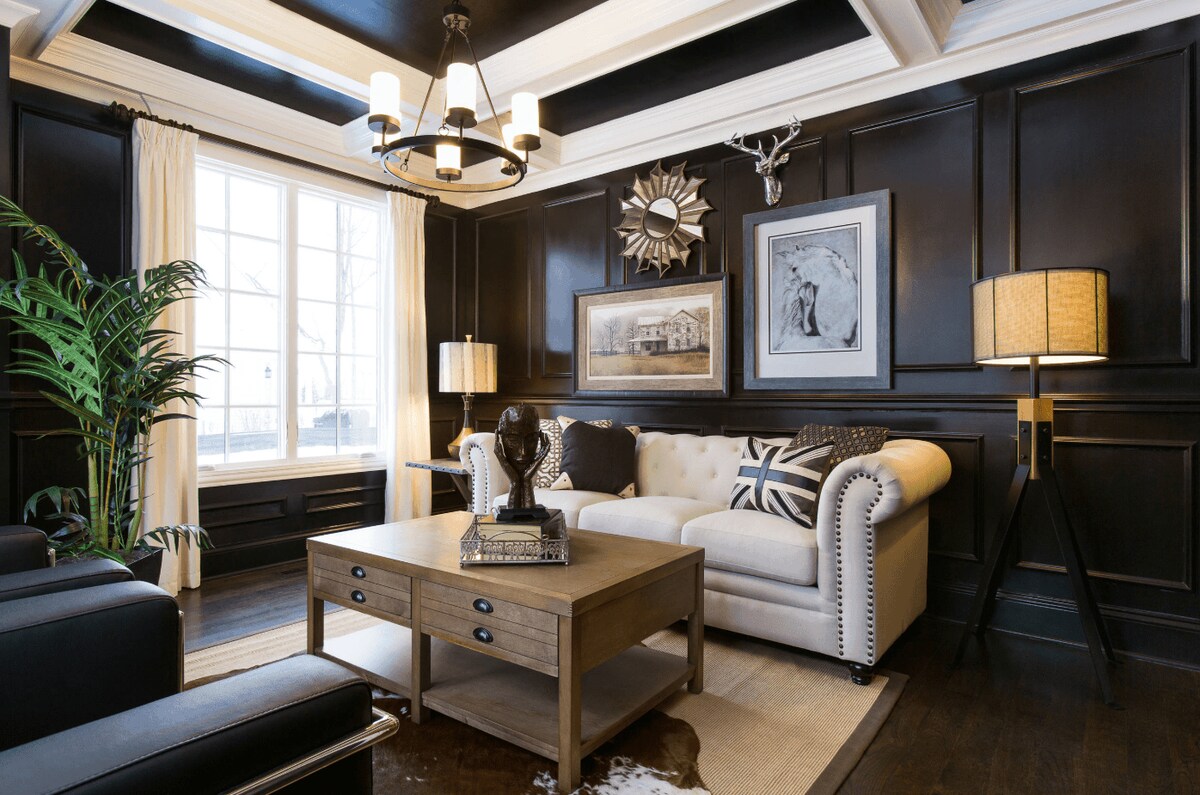
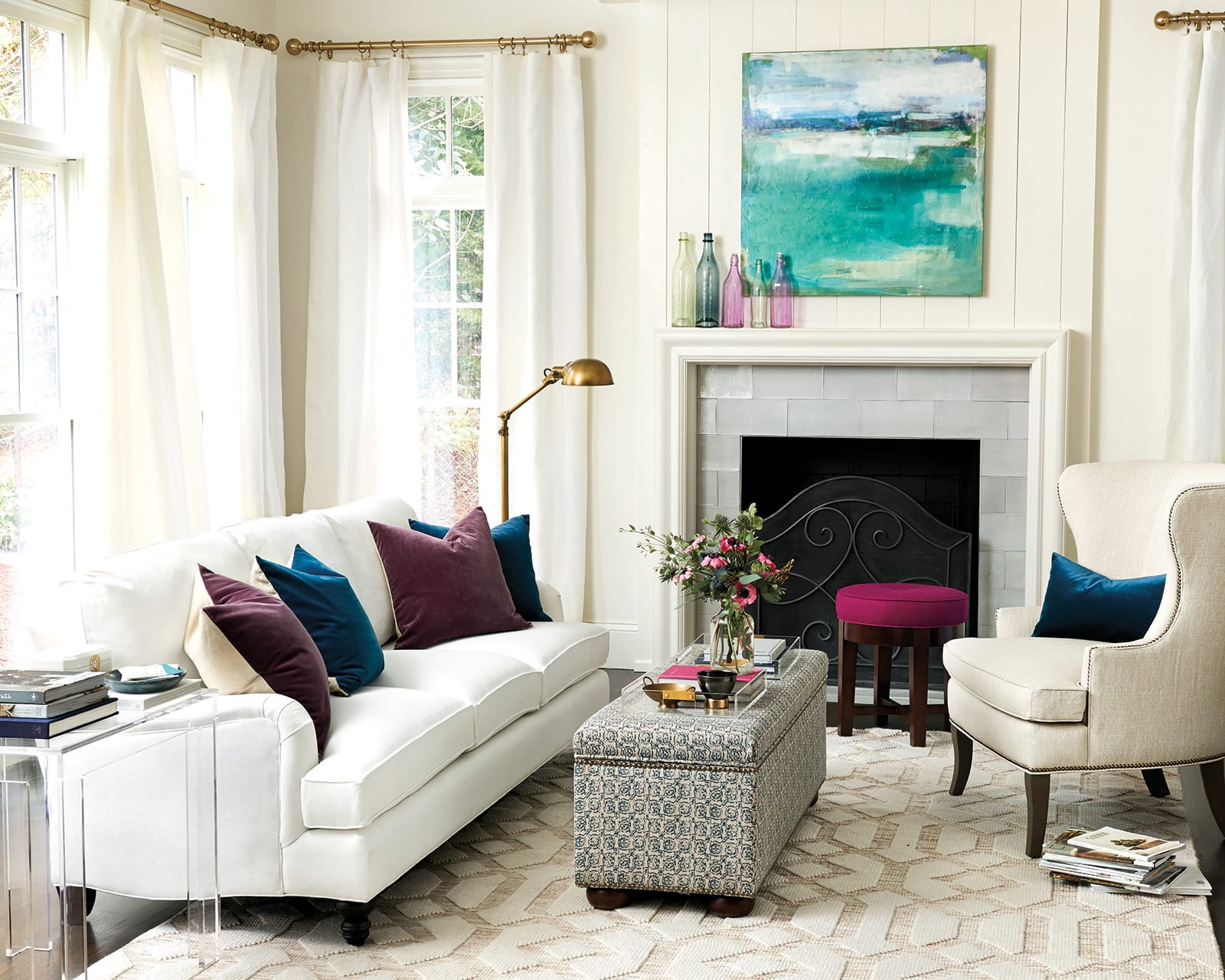
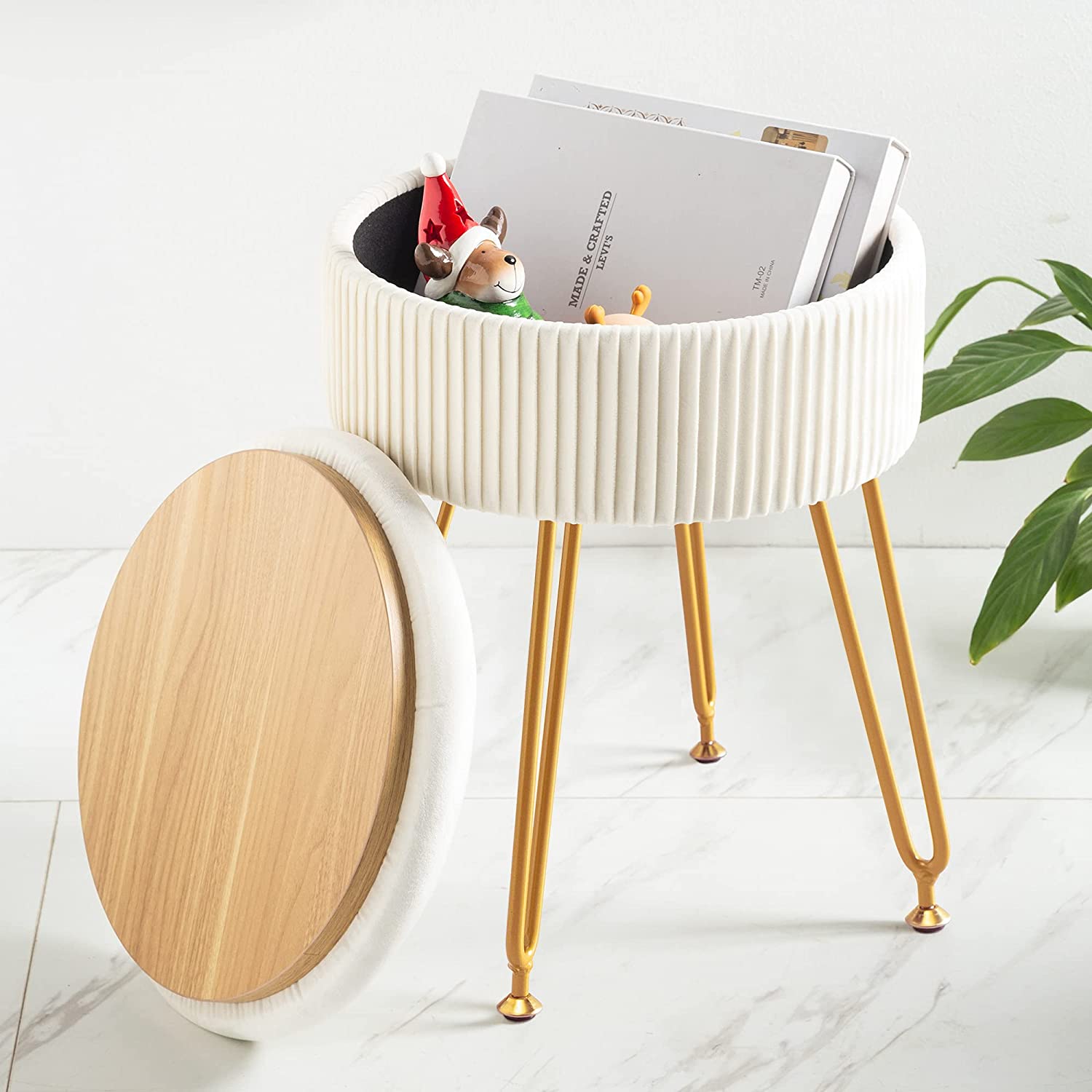
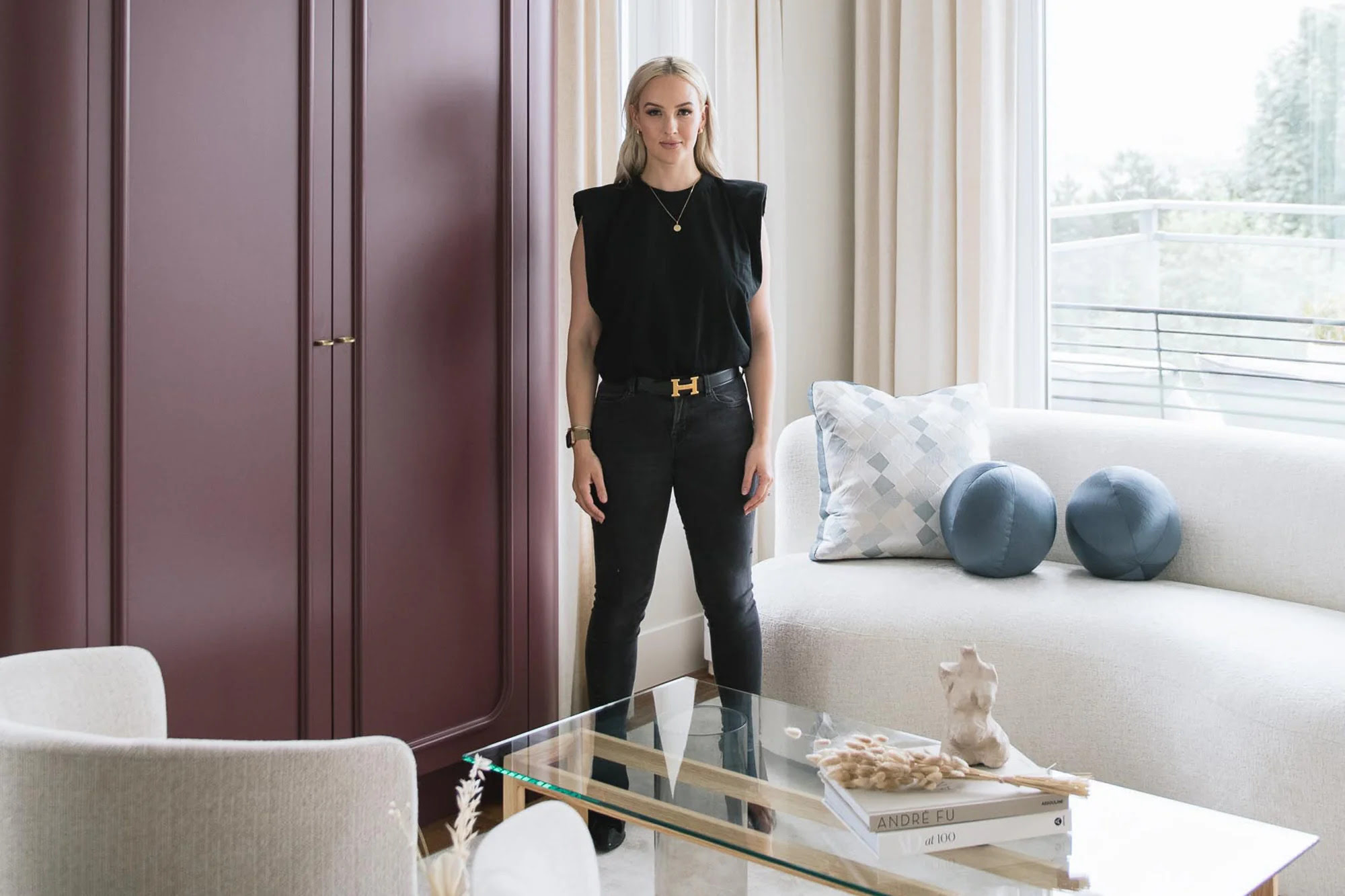
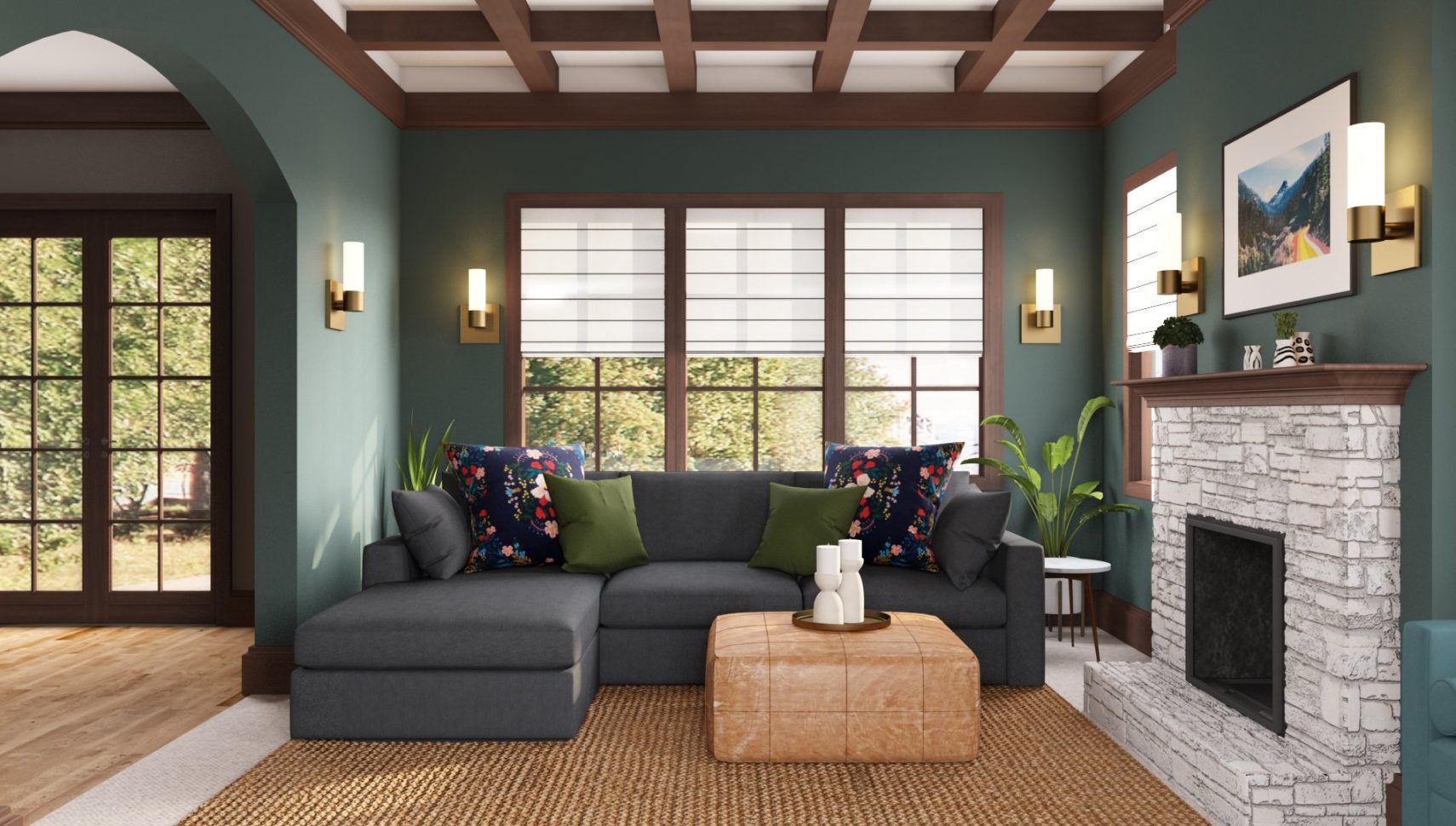
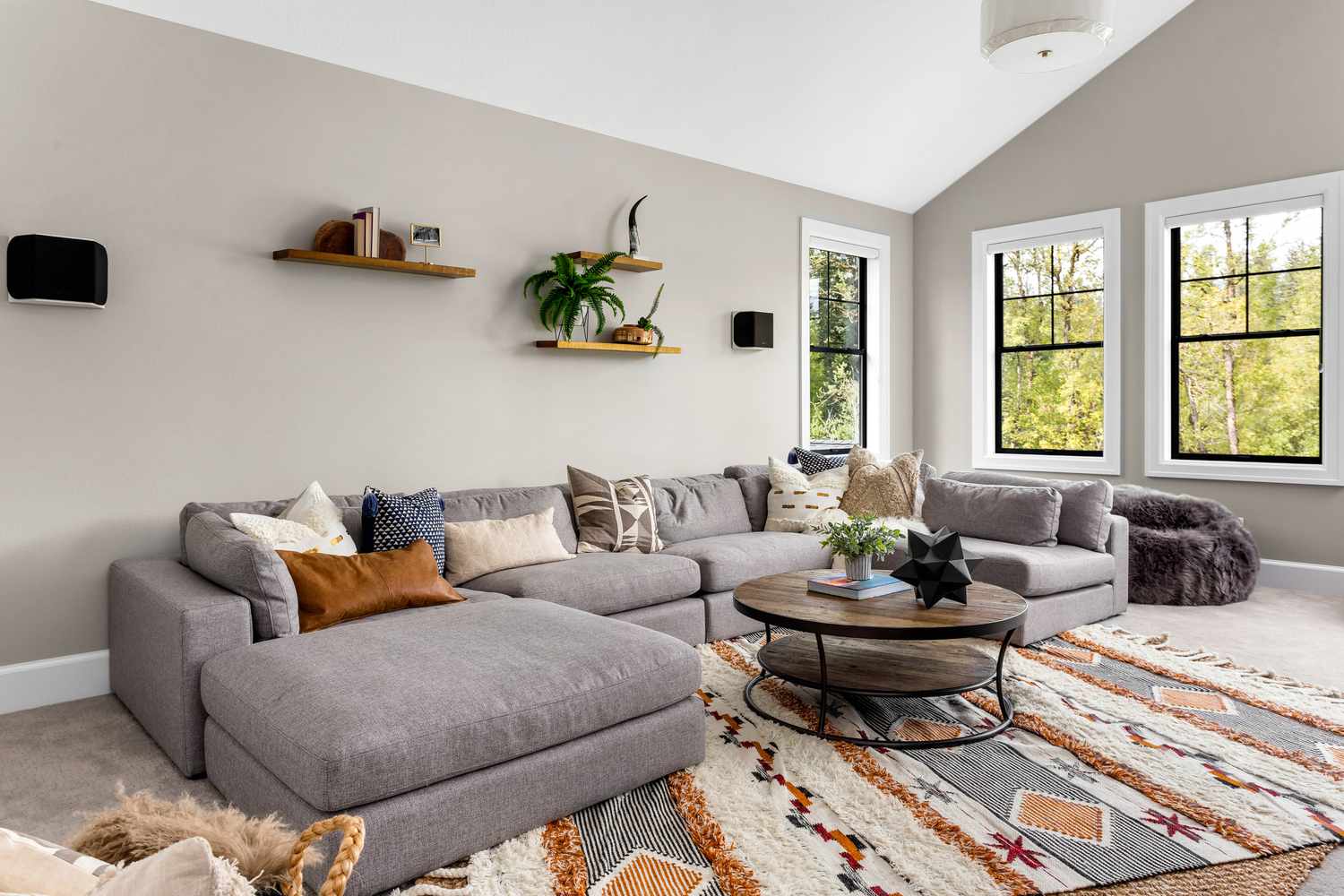
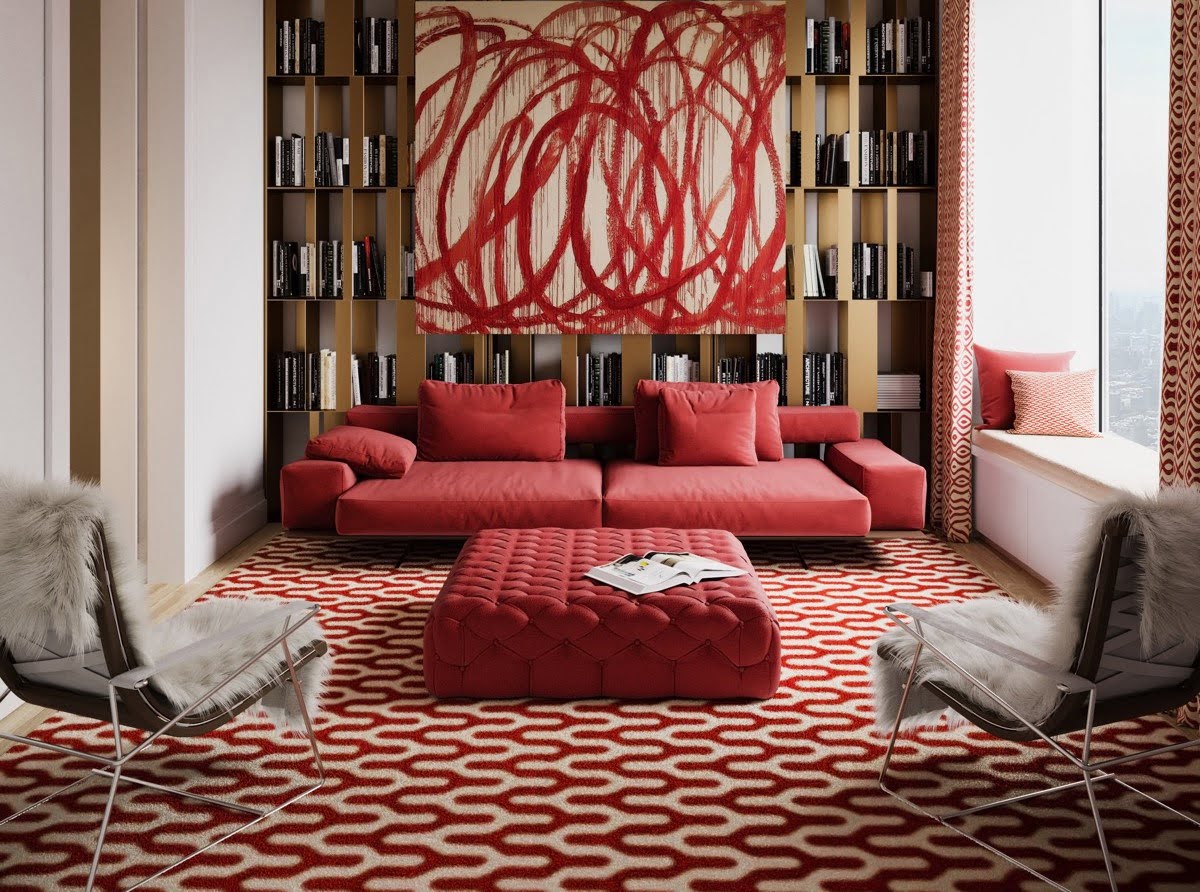
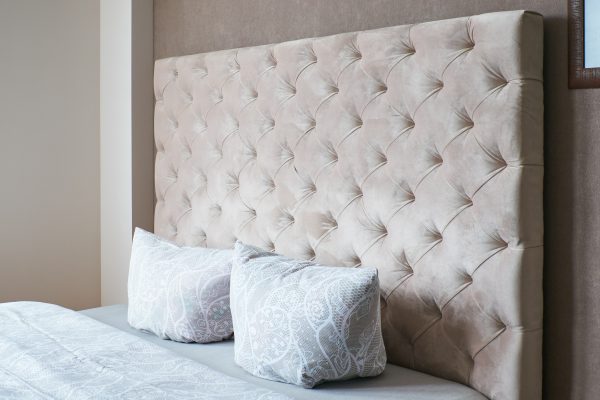
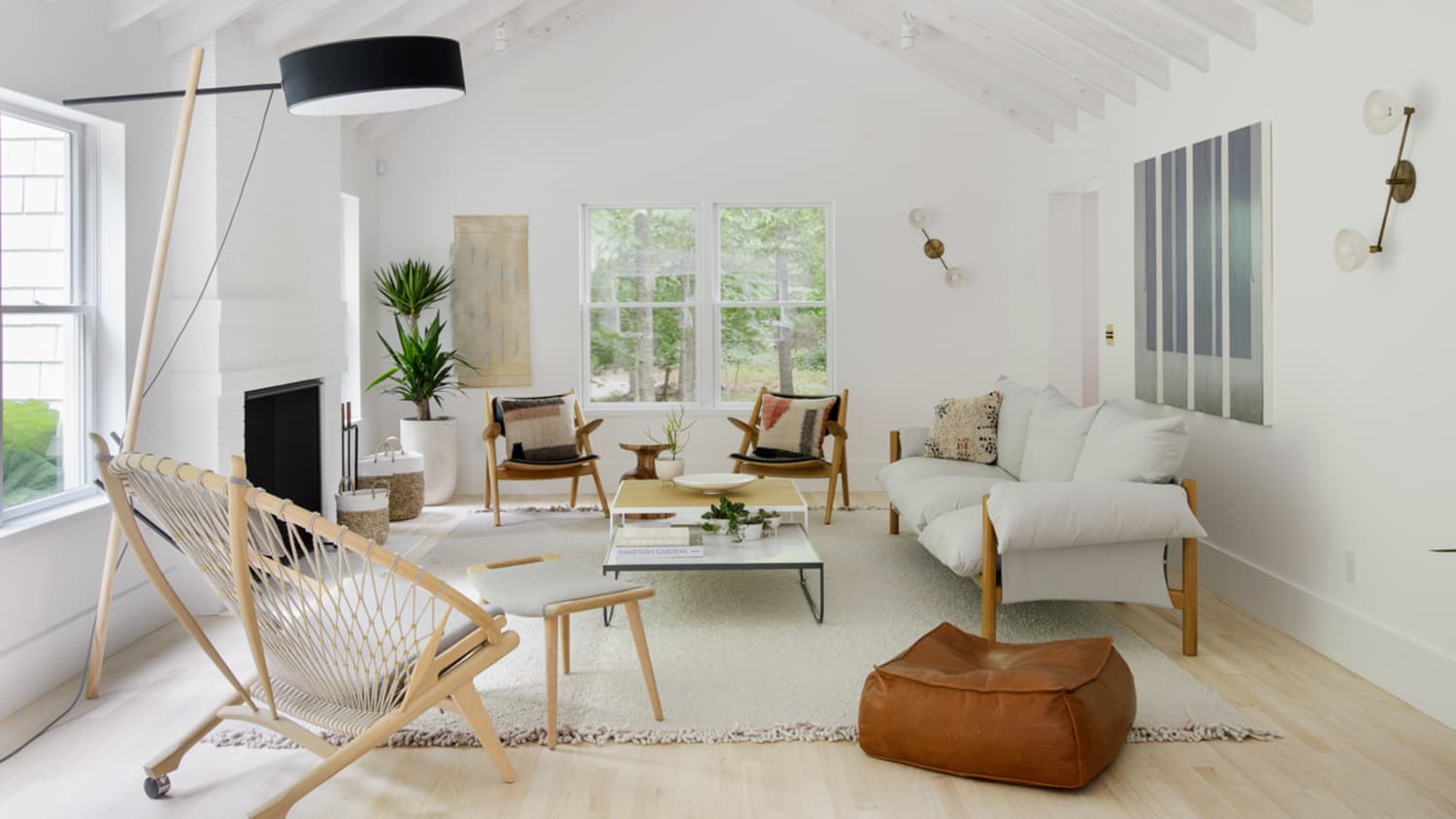
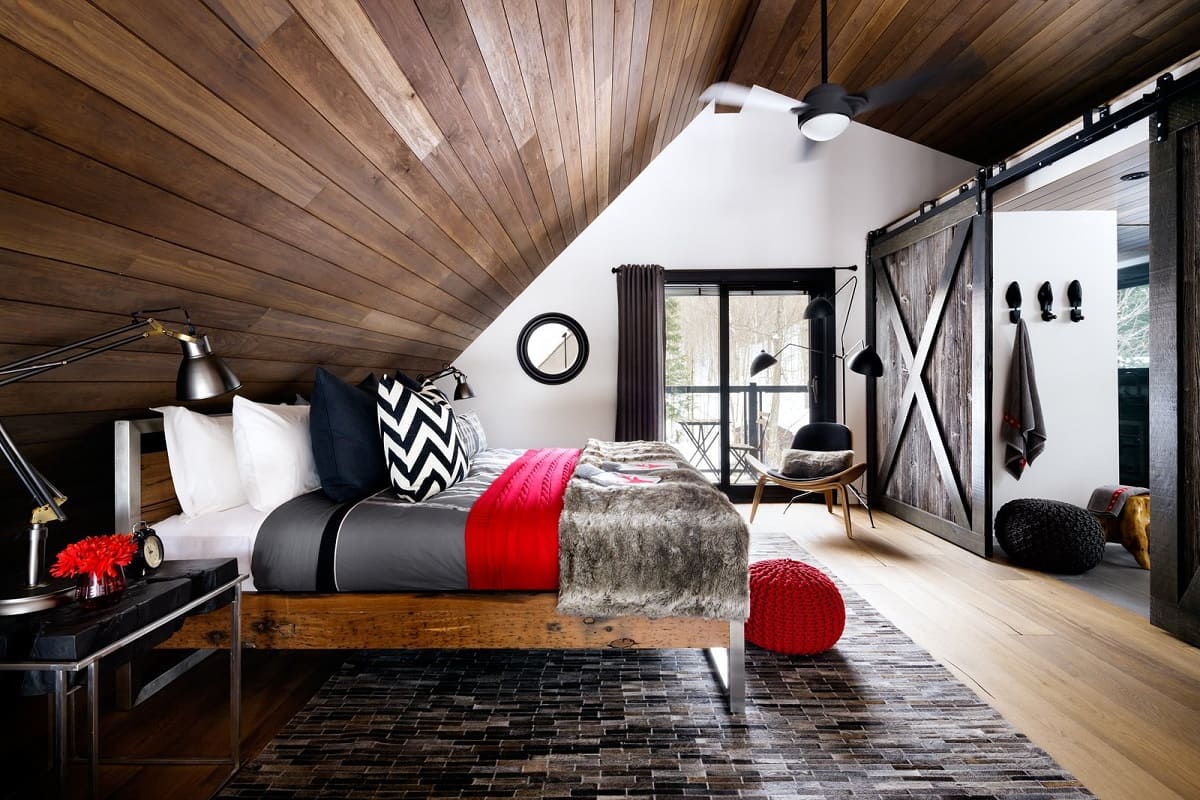
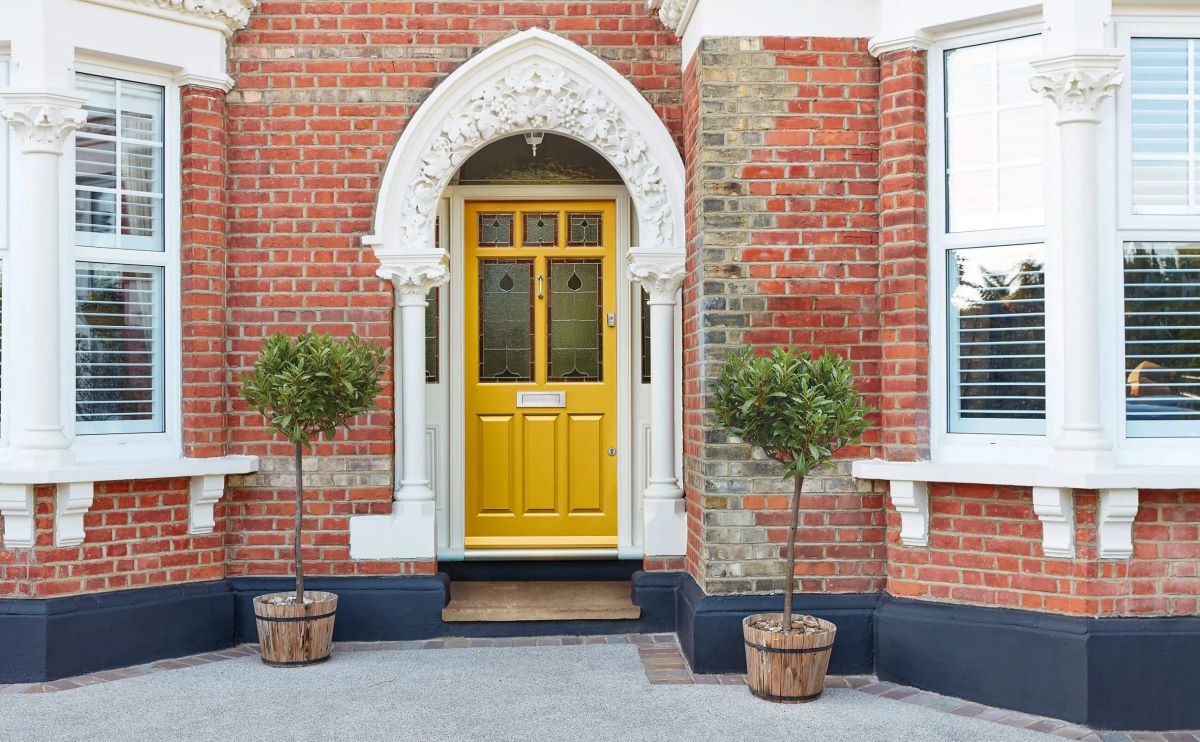


0 thoughts on “Ottoman Ideas: 13 Inspiring Design And Styling Tips”